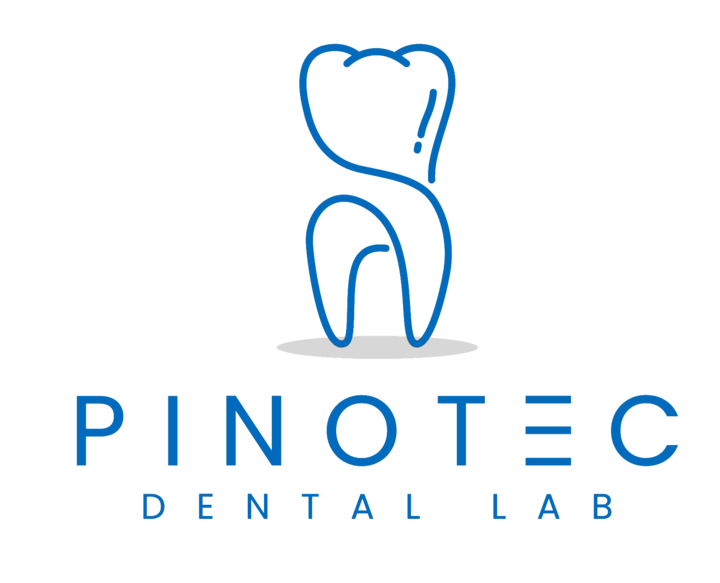Acrylic with or without framework
In dental labs, “acrylic with or without framework” refers to prostheses made of acrylic resin. Without framework: Lightweight, affordable, and used for temporary dentures but less durable. With framework: Includes a metal base, offering better strength, fit, and durability, often used for partial dentures.
In a dental lab, “acrylic with or without framework” refers to the type of material and structure used in making dental prostheses like dentures or partials. Here’s a breakdown:
Acrylic Without Framework
- Description: These are made entirely of acrylic resin.
- Uses: Often used for temporary or transitional dentures, sometimes for full dentures.
- Advantages:
- Lightweight and affordable.
- Easier to repair or adjust.
- Disadvantages:
- Less durable than metal-supported frameworks.
- Prone to fractures or wear over time.
Acrylic With Framework
- Description: These include a metal or rigid substructure (often cobalt-chromium or titanium) beneath or within the acrylic.
- Uses: Common for removable partial dentures (RPDs).
- Advantages:
- Provides additional strength and stability.
- Better fit and support due to the rigid framework.
- More resistant to fractures.
- Disadvantages:
- More expensive and complex to fabricate.
- Heavier than acrylic-only options.
The choice between the two depends on the patient’s needs, the dentist’s recommendations, and cost considerations.


